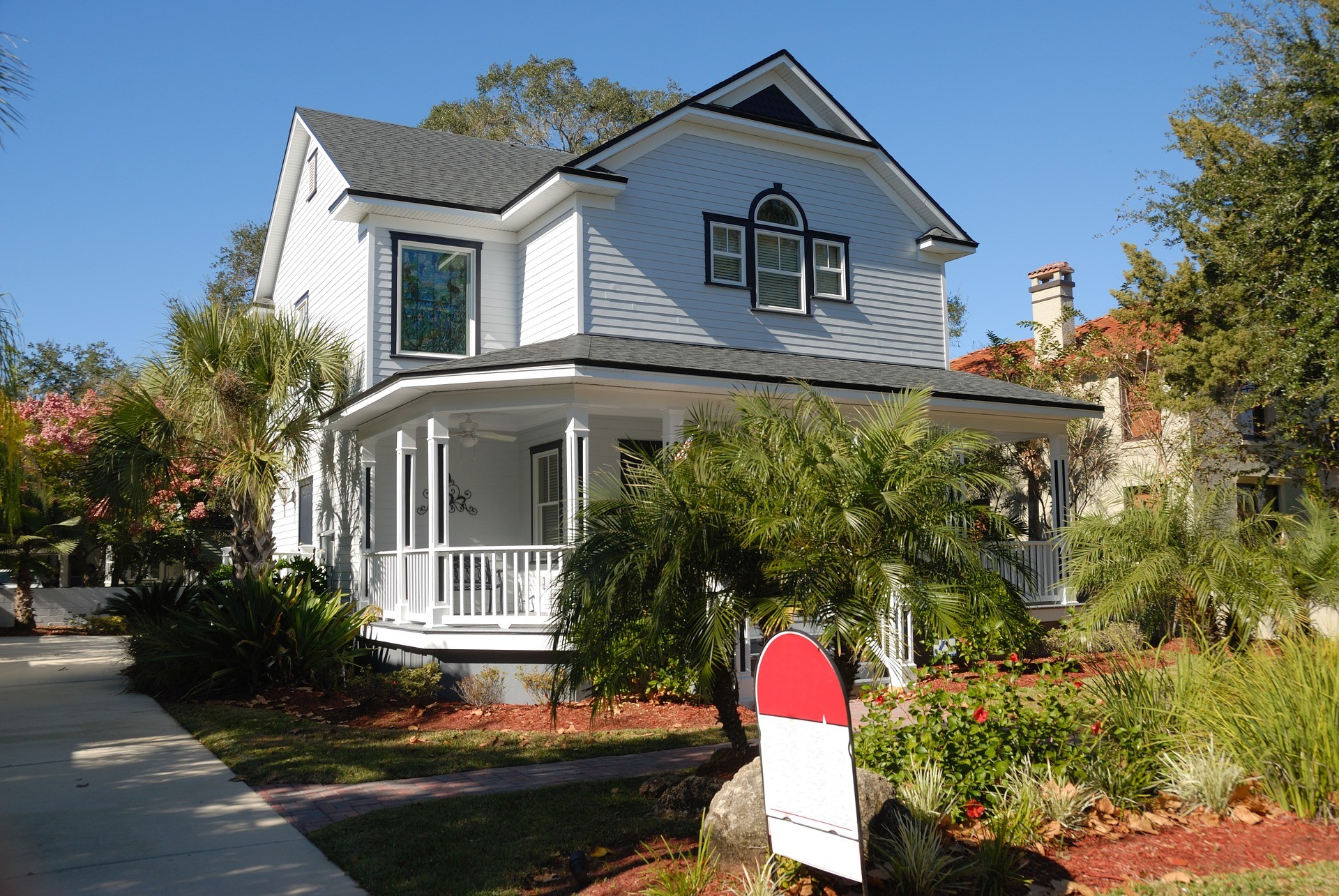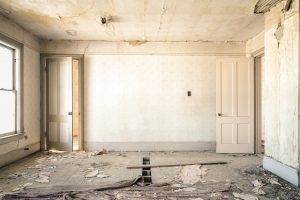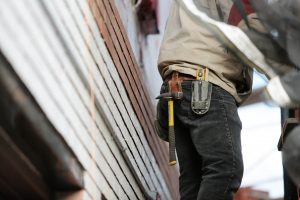How Real Estate Investors Help Communities
 Real estate investors are sometimes not appreciated when they first come into a neighborhood in terms of the positive effects they can have on those areas. While it is undeniable that they have to make a profit to stay in business, they contribute greatly to the communities they work in. Many real estate investors have created long lasting legacies in the neighborhoods they have invested in.
Real estate investors are sometimes not appreciated when they first come into a neighborhood in terms of the positive effects they can have on those areas. While it is undeniable that they have to make a profit to stay in business, they contribute greatly to the communities they work in. Many real estate investors have created long lasting legacies in the neighborhoods they have invested in.
Improving the Value and Appeal of Houses

A real estate investor is generally buying a property for one of two reasons. The first: they are purchasing the property to redevelop it, also known as “rehabbing” or “fix and flip”. In this scenario, the investor makes improvements and then sells for a profit based on the equity, i.e. value, they have created. The other is to improve the property so that it can be rented out to a reliable individual or family. Landlords are looking at the long term potential. By purchasing and repairing the property, the landlord has done two things: improve the value of the
individual house and make a previously dilapidated house a home for a family.
Ultimately what this means is that the investor is infusing capital into needed improvements and repairs to fix faults of the property, and update/upgrade the home; this will improve the appeal to buyers and renters. Often times, real estate investors are buying vacant or “ugly” properties. These properties were often an eyesore and sometimes even created a security or health risk in the area. Retail buyers cannot always borrow to purchase a house like this and as long as these properties sit in this state of disrepair, they will continue to be the thorn of the neighborhood.
What Does this Mean for You, the Neighbor?
Not only does this mean the property is more appealing to people searching for a new home, but it is more visually appealing for those who live close by, the neighbors! Also, investors are raising the value of the entire neighborhood by getting rid of these problem houses, making them beautiful again, and helping to attract families that may not have been willing to live in that neighborhood before the house was improved. This means that when you decide to sell your house, it will be worth more because the value of the entire neighborhood was increased. This is a much better option as it reverses the further physical and monetary decline of the undesirable/vacant property, and ultimately the decline of the entire neighborhood’s value.
Improving the Value of Neighborhoods
Many people in larger cities like Austin, Houston, San Antonio, and Dallas have heard the term “gentrification” used about certain neighborhoods. These neighborhoods are often close to downtown because the city was smaller. The houses are usually smaller and older so they were easier for lower income individuals to afford. Due to their location, land values continue to rise which increases the property tax burden on these individuals. Residents that were living within their means in lower demand neighborhoods now see themselves struggling to pay property taxes and often forego making the necessary repairs. When they can no longer afford the property, investors come into these neighborhoods, buy the houses “as-is”, and improve the property.
As these neighborhoods are transformed by investors, the surrounding community is impacted and attributes that made that part of town less desirable disappear. These areas are now sought after by retail buyers that are willing to pay a premium to be there. As we saw in the previous scenario, it is again the investor taking a leap of faith and risking their capital to improve the neighborhood on a larger scale because they are building or improving multiple properties, not just one house. Since they are developing and selling multiple properties in the neighborhood, more investors are attracted to improving houses in that area, which brings more money to the community and even more houses are redeveloped. Individual “retail” home buyers see a product they can be proud of in an area they want to be in and will be willing to buy there.
Creation of Businesses and Jobs

Revitalized neighborhoods bring additional commercial opportunities in the way of improved or new grocery stores, strip malls, and other business that have products and services for these new homeowners. This further increases the desire of the neighborhood because you don’t have to drive as far to have access to things you want and need.
Aside from new businesses and jobs directly in the neighborhood, investors create a steady stream of jobs and income to contractors, electricians, plumbers and other tradesmen. As such, some tradesmen will seek partnerships with investors that ensure a mutual benefit. The tradesmen can spend less time and money on finding their next project and more time on what they are good at, their trade. Also, once homeowners in the area see how good a job they did on the investor’s redevelopment project, those homeowners will know who they can call and trust for reliable service on their own house – this is a great way for the tradesman to keep a steady stream of work and potentially expand their business.
Real estate investment doesn’t mean minimal redevelopment
A common misconception is that real estate investors do the bare minimum in order to make more money. It is true that this belief has to come from somewhere – there are unscrupulous individuals in all walks of life that give bad names to good people that are actually out trying to make a difference.
For individuals that want to stay in real estate investing for the long term, the most important thing they have, like any business, is their reputation. The best way to keep a good reputation in this business is to do a good job. We want people to love the homes that we work on. We love making properties look nice again. Often times the homes that we buy did not get the best maintenance because the previous owners were older and unable to give the house the TLC they would have liked to – or they didn’t have the money to make the necessary repairs.
Real estate investors have a powerful effect on the communities and neighborhoods they invest in. While it may seem like they just want to make a profit, the personal risks and investments they take are valuable for communities across the nation.